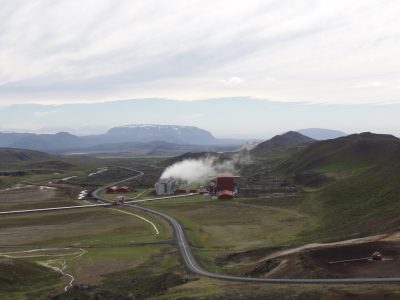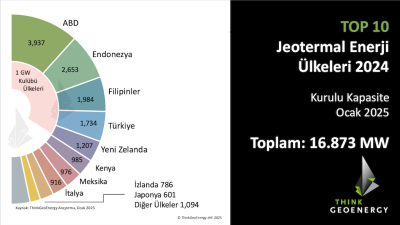GEA releases report on emissions from geothermal plants
GEA releases report on greenhouse gas (GHG) emissions as they relate to geothermal in light of the introduction of California's extensive cap-and-trade program for emissions.
As California is poised to implement Assembly Bill 32 and launch the state’s landmark cap-and-trade program, the Geothermal Energy Association (GEA) has released a report detailing greenhouse gas (GHG) emissions as they relate to geothermal.
The report highlights the nature of geothermal GHG emissions in general, as well as those in California, where the nation’s most extensive cap-and-trade program is set to take effect this week. It also notes that geothermal power plants offer an environmentally friendly option to conventional fossil fuel power plants.
“GEA applauds California’s efforts to reduce greenhouse gas emissions by 30% by the year 2020. This ambitious goal will serve to mitigate global climate change and increase America’s energy security, and geothermal is poised to provide the Golden State with the roadmap to meet this target,” said GEA Executive Director Karl Gawell. “California’s program should serve as a model for other states and the federal government as we seek energy independence, job growth and a cleaner, safer environment for future generations.”
California is a hot-bed for geothermal energy, and the new report from GEA notes that geothermal plant emissions are substantially lower than those of traditional fossil-fuel plants. In fact, geothermal power plant emissions in general arise primarily from existing geothermal resource gases rather than from the actual power generation process. This information is critical when considering how to minimize the GHG emissions of the energy sector. According to the report an average geothermal power plant emits about 5% of the carbon dioxide, 1% of the sulfur dioxide, and less than 1% of the nitrous oxide emitted by a coal-fired plant of equal size.
As the largest producer of renewable power in California, geothermal is primed for significant growth in the state. Natural gas and coal plants produce considerably more GHG emissions than geothermal plants, and will be greatly affected by California’s cap on such emissions. As prices increase for coal and natural gas, clean energy alternatives such as geothermal will offer a more affordable energy option. Geothermal is a critical piece of a complete energy suite of technologies, offering baseload power as a counterpart to intermittent technologies such as wind and solar.
“Geothermal can offer firm or flexible power to meet the needs of the system and support grid reliability with near zero emissions. When you consider that alternatives expect natural gas power to fill the gaps in production, geothermal offers a truly premium, low-emission power supply,” Gawell added.
A complete copy of the report can be found at http://www.geo-energy.org/
Source: GEA release by email


















